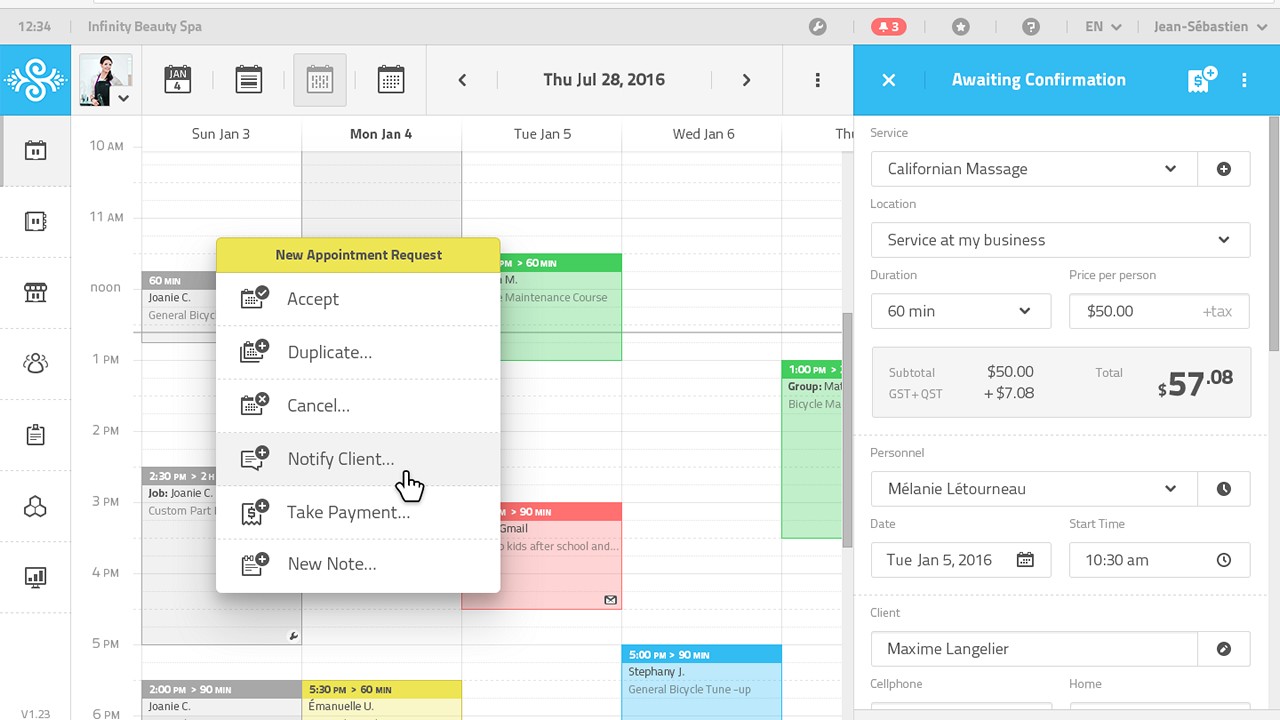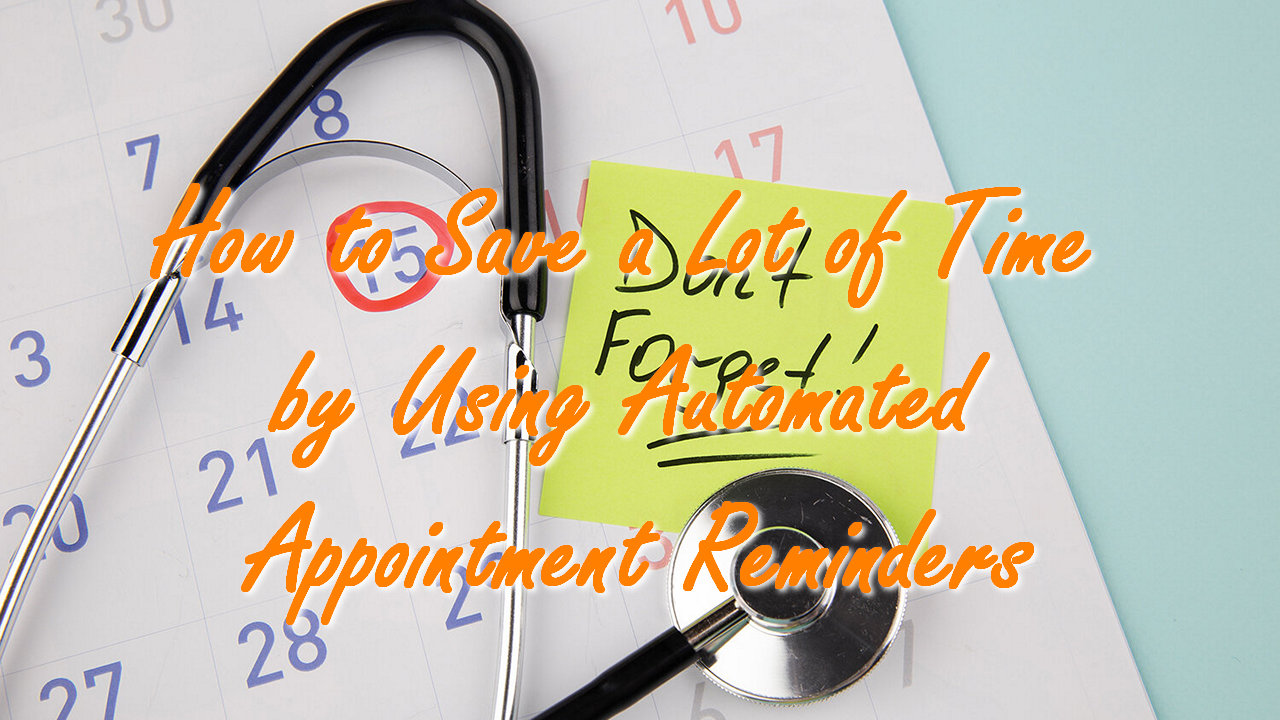Time never seems to be enough. Every sector of our life asks for sufficient time from a limited 24 hours. As it is, clients and customers are looking for efficient and effective ways to save on time. For those booking appointments with hospitals and private medical practices, they have gotten used to long early morning queues when they want to see the doctor. However, with the use of technology and the internet, scheduling software tools and applications have become quite popular in the healthcare system.
Scheduling software has come in quite handy not only for clients but also for doctors. Appointment reminders for clients have helped both sides. Clients can easily remember when they are due in for an appointment and when they are held up somewhere, they can easily respond to their doctors.
Automation

Clients can now simply log into your website or make use of your application to book a suitable time for them. The website will have to contain current information with regards to the availability of the doctor as well as the hospital’s or practice’s opening or closing hours.
Before the use of scheduling software, the office staff was tasked with placing manual calls and sending messages to clients. If you can bring into mind a middle-sized medical practice with hundreds of clients, you can imagine the number of calls and also the amount of time spent communicating with patients. With the increase in the size of the company, the number of patients and the amount of time spent on manual calls and messages would also rise.
Automation of such has lessened the workload on office staff. This means that your staff can focus on other office matters. Besides, mental fatigue is reduced exponentially. This leads to happier staff and thus better service to customers.
Reduction of no-shows
This is another method through which private medical practices can save time. Automated appointment reminder services send emails, messages, and notifications to patients, reminding them of the day, time, and hour of their appointment. They typically contain a link that the patient can use in case if they cannot honor their appointment.
Early knowledge of this allows the hospital to prepare themselves in advance. Previously, they would waste a lot of time contacting the patient, who at times would not be able to reply to their message or pick up the call. They would wonder if the patient would show up or if they should give the slot to another patient. This lack of knowledge would be detrimental to the hospital, both financially and temporally.
With the automated scheduling and reminder service, they can now fill in that now available slot with confidence.
In conclusion, the time saved by using an automated scheduling and appointment service could lead to a lot of benefits for your hospital or medical practice.

